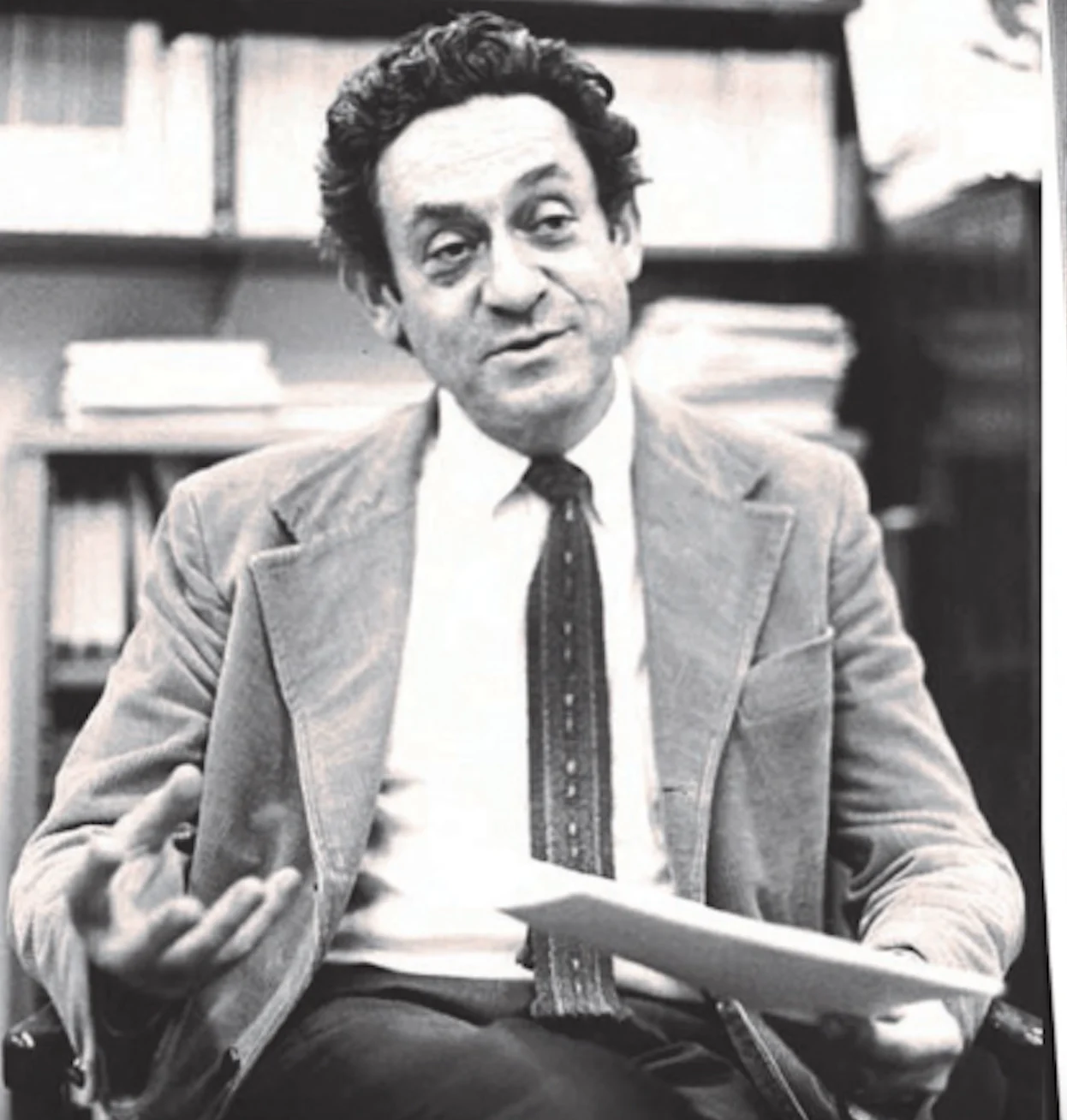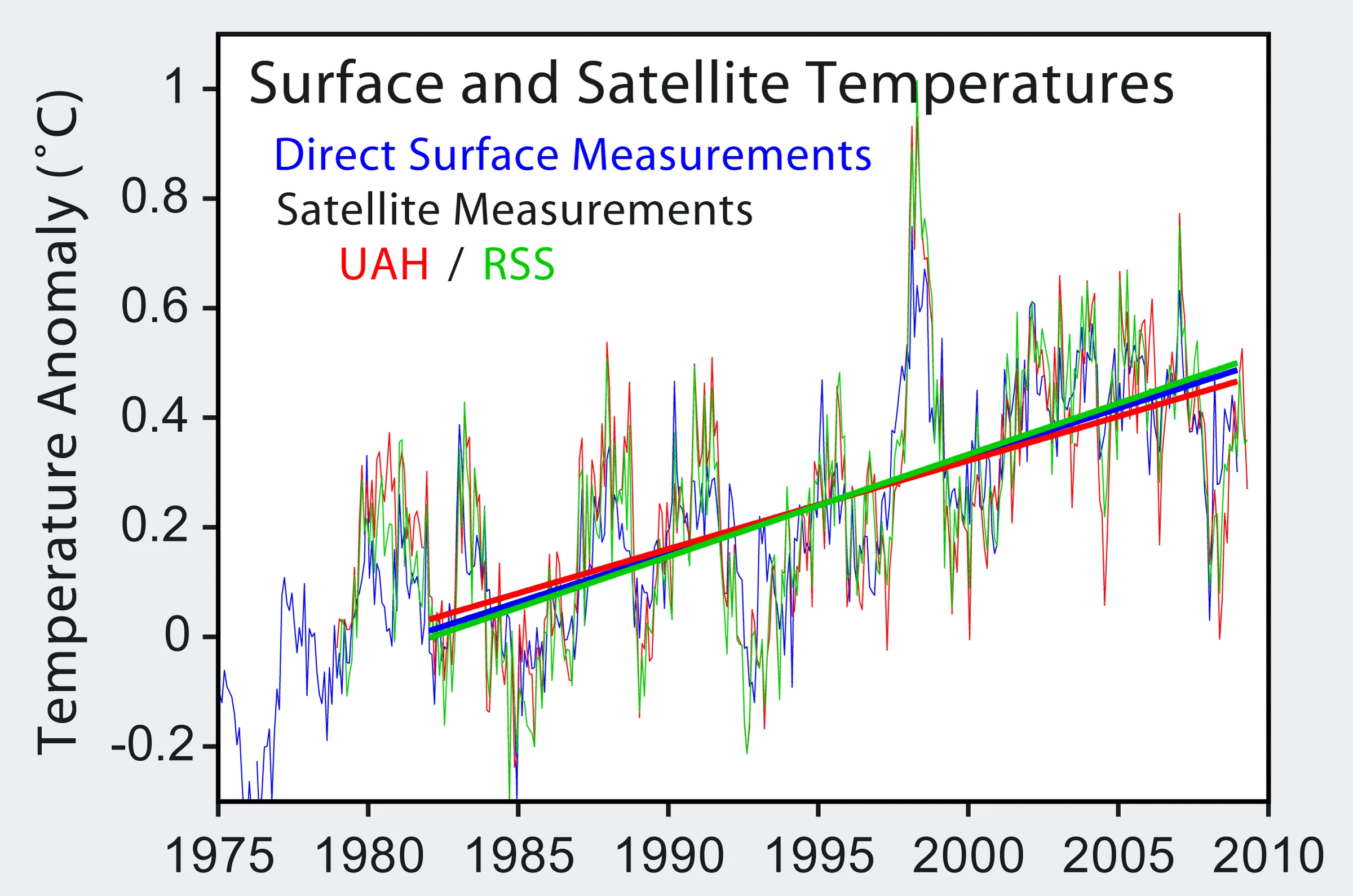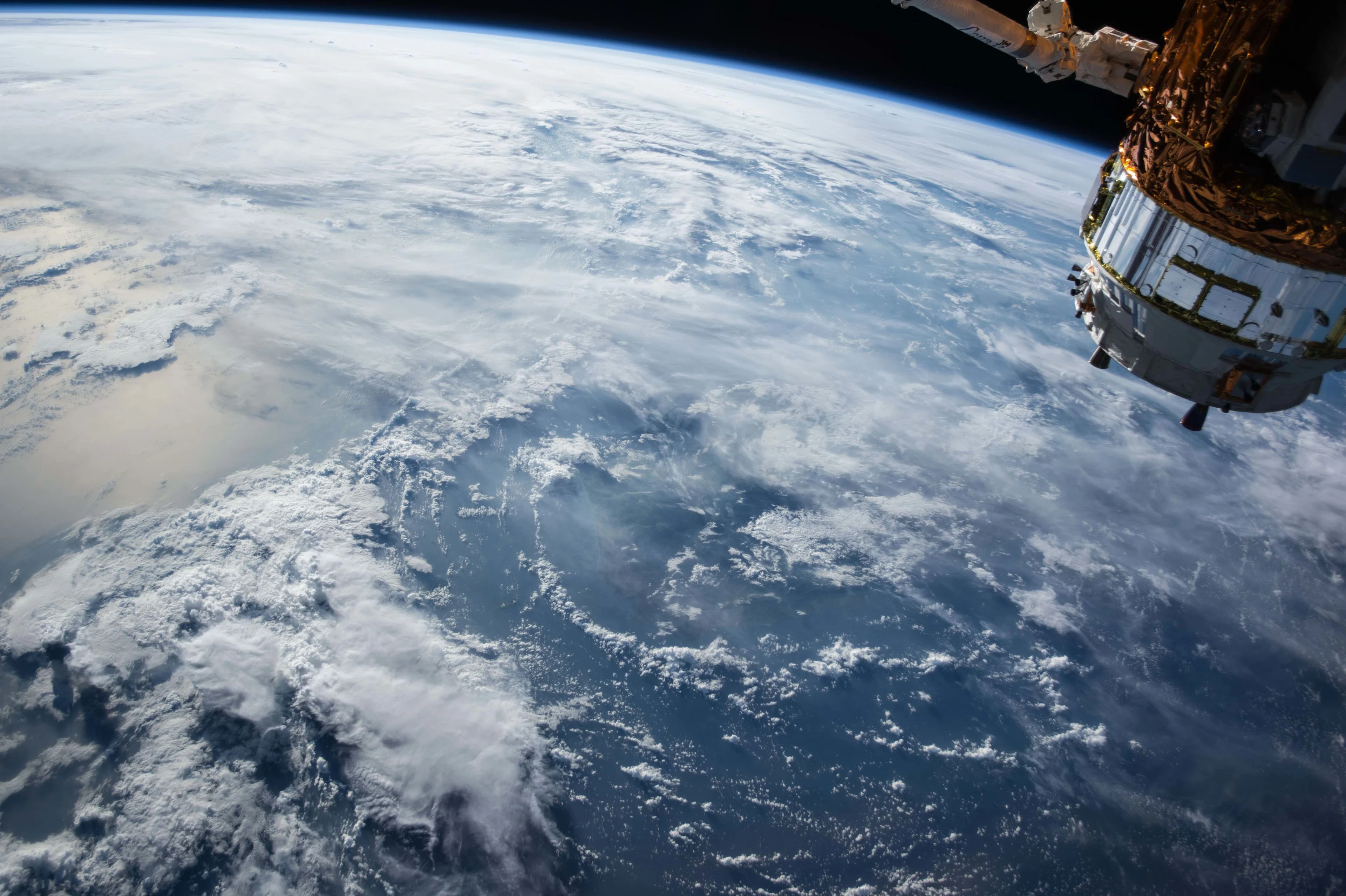
Current climate change was predicted 40 years ago
If greenhouse gas emissions continue to escalate at the current rate, we could be facing a global temperature increase of 3 to 4°C, well above what 19th-century scientists predicted.
The fact that Earth's climate is changing is something we’ve known for thousands of years. In fact, the Earth's climate has always been naturally changing since the planet formed some 4.5 billion years ago. For decades now, we have also known that Earth’s climate is also changing due to human activity — with a large portion of our daily activity being behind that change.
Forty years ago, a group of renowned scientists anticipated the recent changing trend in our planet’s climate record. Using the increasing concentration values of gases such as carbon dioxide, they were able to come up with a fairly close approximation of what our climate would be like today.

(Photo: Jule Charney, Source: MIT Museum/Wikipedia)
The report was presented on July 1979 at the Woods Hole Oceanographic Institution in Massachusetts and is known as the Charney Report in honour of one of the scientists who led the research, Jule Charney. The first session on carbon dioxide and climate, which brought the group together, had the main objective of exhaustively evaluating all of the research that had been carried out on global climate change related to carbon dioxide. The final report would become a starting point for a myriad of research projects relating to changing greenhouse gas concentrations and climate change during the following years.
In the 19th century, long before the Charney report, other publications demonstrated the role of carbon dioxide as an important greenhouse gas. By the mid-20th century, studying the effects of burning fossil fuels had on the global temperature of the planet had picked up traction among the scientific community.
In 1972, John Sawyer, a scientist at the UKMO (United Kingdom Meteorological Office), published an article in the journal Nature, in which he predicted global warming would reach 0.6°C by the end of the century.

(Chart: Global temperatures from 1975 – 2010. Source: NASA)
At the time, Sawyer's predictions contradicted other temperature observations being collected from around the world. At the time, various temperature records showed a cooling trend across much of the planet. There was also a powerful media movement speculating that Earth was heading towards a new glacial period.
The Charney Report would see light just a few years after the first global warming publication. In the report, ten prestigious climate experts, with the help of a dozen researchers from around the world, would explain everything they had learned about the effect of increasing concentrations of atmospheric carbon dioxide would have on Earth's climate. Along with their concluding remarks, they also included a list of uncertainties mostly dealing with the timing and magnitude of the predictions made.
Over the years, the Charney Report would become a clear example of how to conduct rigorous science. First examining the physics and chemistry behind the phenomena studied, then presenting a hypothesis of the problem and, finally, based on their scientific knowledge, making predictions.
Some of the highlights presented in the report include predictions of increased carbon dioxide (CO2), and global temperature over time. The predicted temperature anomaly values indicated that global warming in the range of 1.5 to 4.5°C would occur under a doubling CO2 scenario.
What makes the Charney Report so special is that the authors did not summarize their science without using critical sense. They gave it a 360-degree turn, and acted skeptically, trying to find factors that could invalidate their conclusions.
In the report, Charney and his group concluded:
“We have tried but have been unable to find any overlooked or underestimated physical effects that could reduce the currently estimated global warmings due to a doubling of atmospheric CO₂ to negligible proportions or to reverse them altogether.”

(Satellite image of Earth's atmosphere courtesy of NASA)
Over the last 40 years, as the world has been warming up at a rate similar to what Charney and his colleagues anticipated, the science of climate change has evolved tremendously. Numerical models have reached sophisticated levels, and now include essential dynamic equations of the climate-system that were not even thought of back in 1979. But despite the advances in numerical weather and climate prediction, and all the extra data sources available today, we still have a long way to go before we catch up with our rapidly changing climate.
Today, the degree of uncertainty of how much warming Earth will experience depends greatly on the type of carbon dioxide scenario we end up living with.
A very conservative scenario will most likely keep global warming by the end of the century at or below the 2°C mark. However, if greenhouse gas emissions continue to escalate at the current rate, we could be facing a global temperature increase of 3 to 4°C, well above what Charney and his team originally predicted.
WATCH BELOW: CANADA'S PERMAFROST IS MELTING FAR FASTER THAN ANTICIPATED
--
Thumbnail image source: Chase Dekker Wild-Life Images via Getty Images












